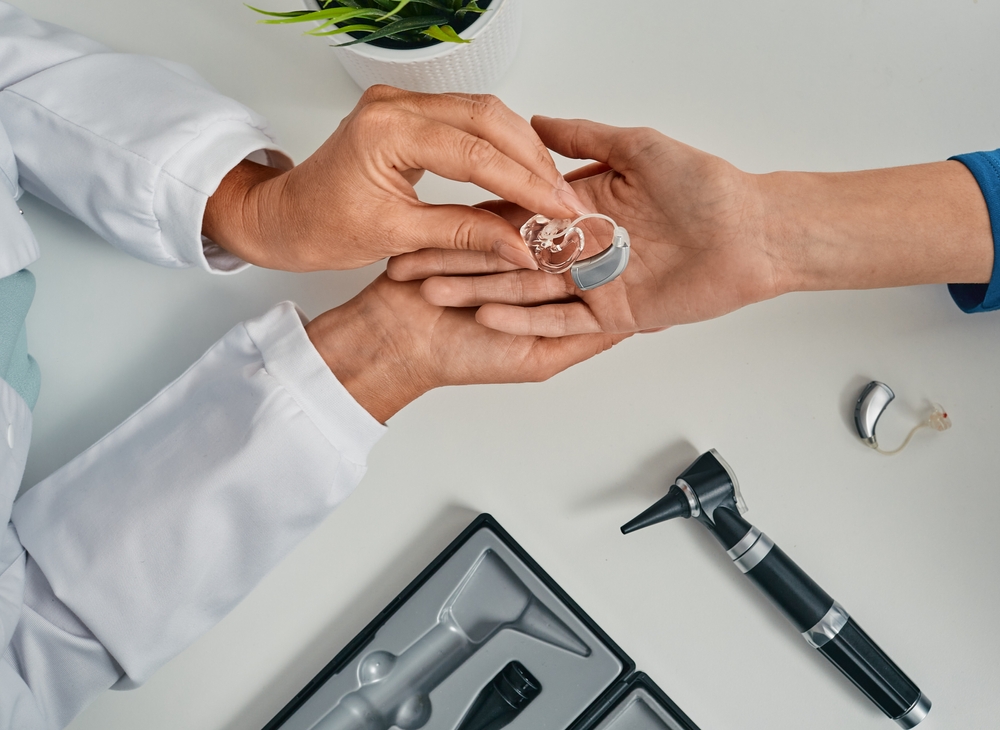
Hearing aids play a crucial role in improving sound clarity and enriching daily communication. For ideal performance, it’s essential to schedule routine maintenance and periodic professional cleaning sessions. Over time, earwax, moisture, and debris can build up, resulting in reduced functionality. Recognizing when to seek professional cleaning can help extend the longevity of your hearing aids and maintain optimum performance.
The significance of professional hearing aid cleaning
In spite of regular maintenance at home, hearing aids can slowly collect debris that could affect how well they work and the quality of sound they produce. Routine upkeep provides numerous advantages:
- Deep Cleaning– Eliminates earwax, dust, and moisture that everyday cleaning tools might not effectively eliminate.
- Enhanced efficiency – Removes blockages that may result in muted audio or distortion.
- Improved Longevity – Helps to avoid early deterioration, thereby minimizing the necessity for repairs or replacements.
Regular skilled cleanings keep your hearing aids functioning effectively, minimizing the chance of unforeseen malfunctions.
Signals that your hearing aids need professional maintenance
If you’re not sure whether it’s time for a professional cleaning, watch for these common warning signs:
- Muted or Distorted Sound Quality: If speech and ambient sounds seem muffled, dull, or distorted, it may be due to wax or debris blocking the microphone or speaker.
- Constant Feedback or Squealing: A squeaky noise at a high pitch (feedback) could indicate a blockage from earwax or a poorly device. Professional cleaning can help in clearing obstructions and fine-tuning the fit accurately.
- Addressing Volume Issues: When volume changes fail to yield the anticipated outcome, it might be necessary to carry out maintenance on internal parts or recalibrate the system’s software configurations.
- Moisture-Related Malfunctions: Too much moisture can damage internal parts, leading to intermittent sound loss or malfunctioning buttons. A skilled expert can assess and resolve problems related to moisture or water damage.
- If you recognize a noticeable increase of wax or dirt on your hearing aids, it is encouraged to have them professionally cleaned for a more thorough elimination compared to cleaning them at home.
- Employ specialized tools to meticulously remove wax, debris, and moisture from sensitive components without causing harm.
- Verify the proper performance by examining and fixing any broken components.
- Inspect both software and hardware to pinpoint any performance issues that might be affecting the sound quality.
- Swap out any tubing or filters that might be affecting the performance of the device.
- Every 3 to 6 months for routine maintenance.
- Regular cleanings are recommended for individuals who tend to generate a lot of earwax or reside in locations with high humidity, as these environments can exacerbate wax accumulation.
- As soon as problems arise, addressing minor issues early can avoid costly repairs.
What to expect during a professional hearing aid cleaning
A professional cleaning visit goes past standard upkeep and ensures your devices operate optimally. Here a number of things your hearing specialist will do during a cleaning:
What is the suggested time frame for scheduling professional maintenance?
The need for professional cleanings differs based on factors such as how much earwax is generated, the levels of humidity, and how the device is typically used. General recommendations include:
Keep your hearing aids in great condition
To keep your hearing aids functioning efficiently and delivering crisp, clear audio, it’s essential to schedule regular exams and maintenance with a hearing care professional.
If you’re noticing muffled audio, feedback, or performance issues, it may be time to schedule a professional cleaning.
Schedule your hearing aid cleaning and maintenance today.